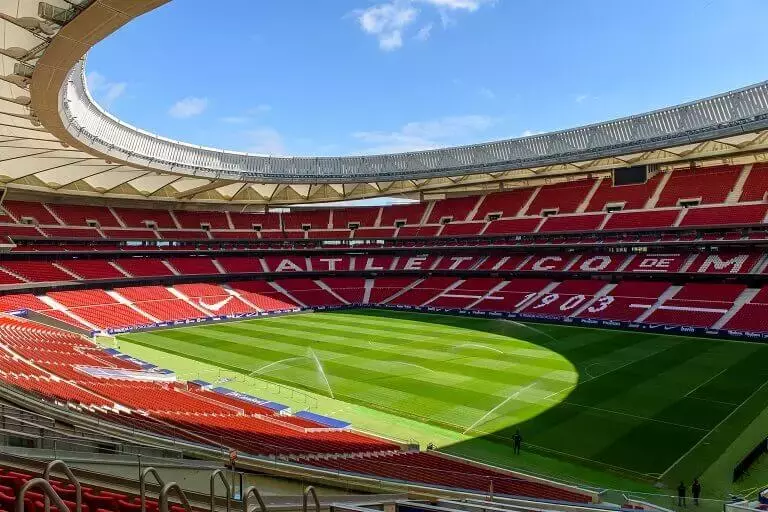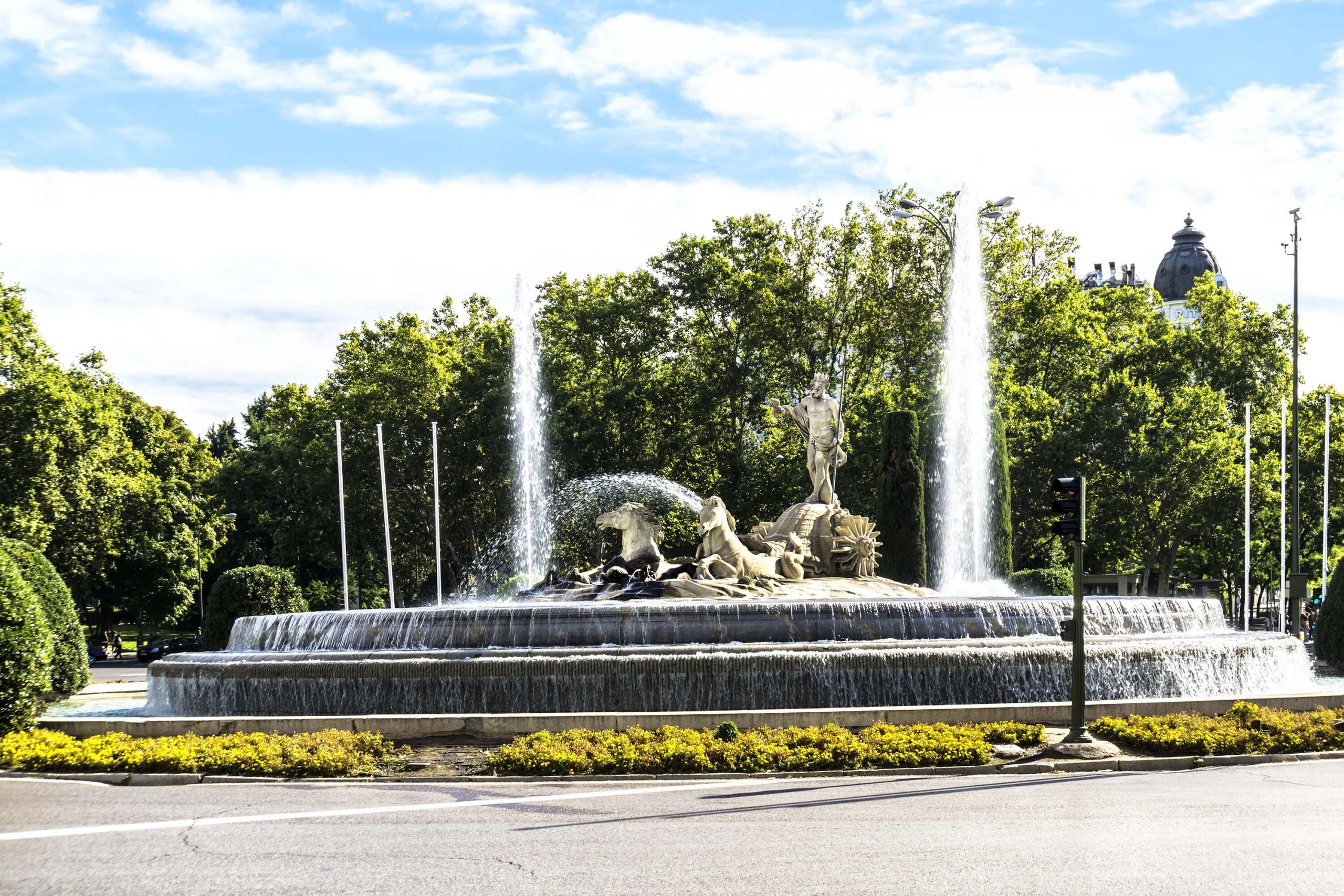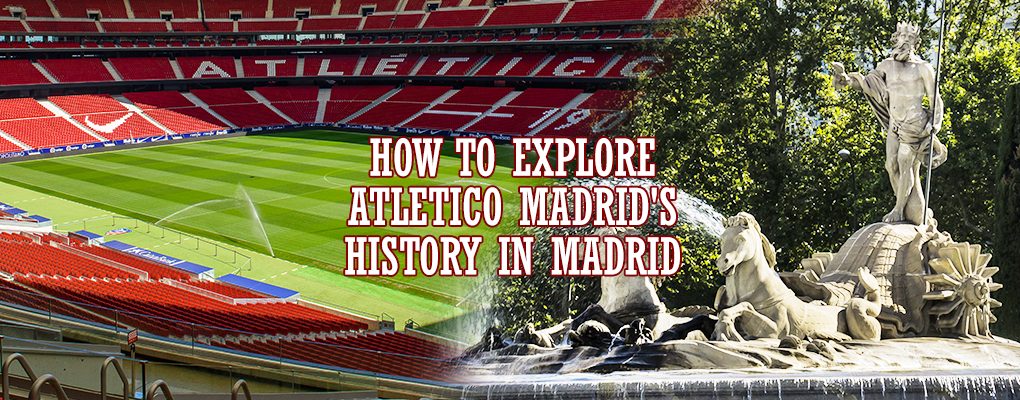Atletico Madrid is one of the most iconic teams in top flight Spanish football. Though it has long been eclipsed by the two Spanish titans of international football (Real Madrid and Barcelona), Atletico is a force to be reckoned with in their own right. The truth is; the club actually has a long and curious history.
1. Origins
Club Atlético de Madrid did not have a typical start. In fact, the club didn’t originate as an independent club. Back in 1903, a group of three Basque students studying in Madrid decided that they would start a team that reflected their beloved hometown team, Athletic Bilbao, which was founded in 1898 and is one of the oldest teams in Spain.
These students created a branch of Athletic Bilbao in Madrid to play in the local university leagues and other local tournaments. From there onwards, the seed of what would eventually become Atletico Madrid was planted. The team used to play in Vallecas, current home of Rayo Vallecano.
To get a grasp of Atlético’s early days, we suggest you start your football trip to Atlético Madrid at number 21 of Calle de la Cruz. Located in the iconic Barrio de las Letras, there is plaque commemorating the foundation of the team. Atleti originally played in a white and blue jersey, similar to their parent team Athletic Bilbao. Jerseys from this era can be found in their museum, located at the Wanda Metropolitano Stadium.
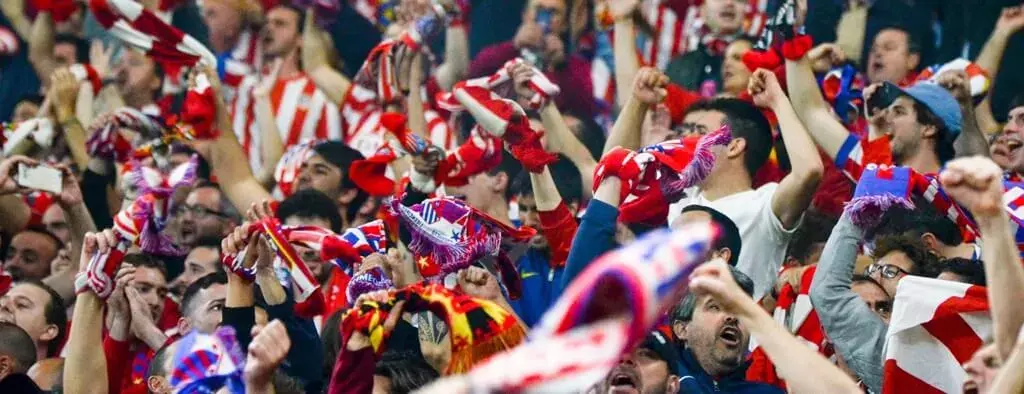
2. Progress
In their first few years, Atlético Madrid was not a very big team. Thus, they struggled to successfully compete in tournaments. The best young players were sent to Bilbao, as they were their parent club, making things difficult for the team. After a decade of existence, the team cut its tie with Athletic Bilbao and became an independent club.
After the Spanish Civil War, Atlético Madrid would merge with the Aviación Nacional, the Spanish air force’s national team. After this merge, a more competitive team was created under the name of Atlético de Aviación. They would keep this name for around a decade until the regime decided to cut its ties with the club.
During these times, Atlético played mostly at the old Metropolitano Stadium. This was a small stadium located in the centric neighbourhood of Tetuan, where there is currently a big passion for Atlético de Madrid. Today, the piece of land where the stadium was located is filled with residential buildings. However, something very curious still remains that reminds people of what used to lie in that space. If you look closely from a map, you will see that the streets that surround the stadium have the shape of Atleti’s crest, and this shape still remains today. If you go to one of the many rooftop bars that are located in the area, you will see this interesting fact from first hand.
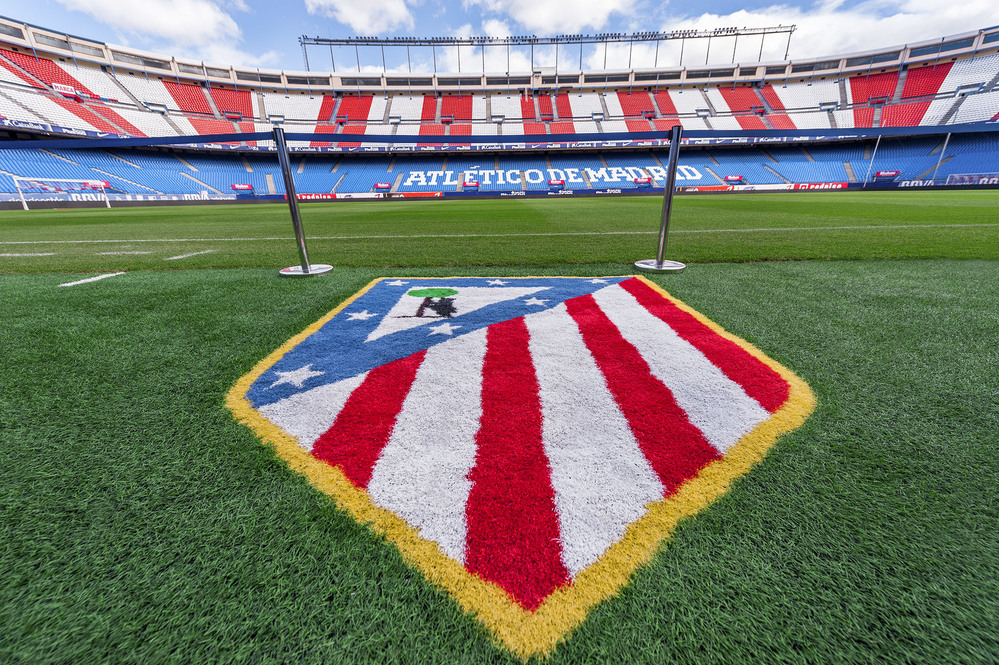
3. Legacy around the city
Atlético Madrid has been a club that has moved a lot around the capital of Spain. Madrid is the biggest city in Spain and has a lot of unique sites and places to visit.
Atlético Madrid first started playing in the Metropolitano, but they also played in Campo de Vallecas as well as a demolished ground in O’Donnell, next to the famous Retiro park.
But a very fun fact is that Atlético actually played in the Real Madrid’s Chamartín stadium a few times acting as the local team. The reason? Their new stadium was being built.
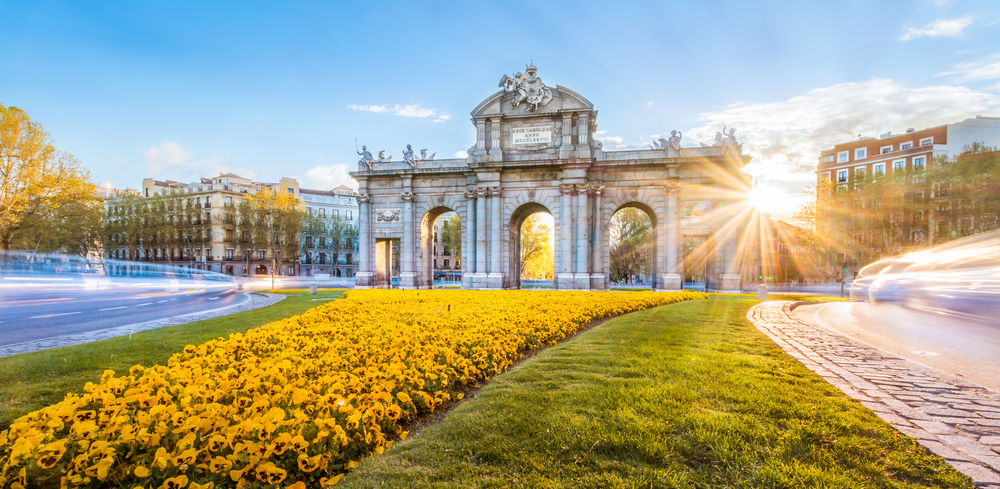
4. Vicente Calderon
If you go there now, you will see a piece of emptiness near the Manzanares river, a great tanning and relaxing spot. Not so long ago though, there lied the Vicente Calderón, the stadium of Atlético Madrid from the 1960s to 2017, right by the river, and the place where they have played the most matches at. The Vicente Calderón was a temple for Atletico fans, and, though the historic stadium is not there anymore, you can visit the memorial that was built after the demolition of the stadium to remember what stood there for nearly 50 years.
It was by that time that Atlético started to celebrate their titles in the iconic Cibeles fountain. But Real Madrid started to do the same, so Atleti got tired of it and decided to move 500 meters to the Neptuno fountain. Since 1991, it is the spot where fans and players meet after a trophy is won. If you’re an Atlético fan, you can’t leave Madrid without a picture at Neptuno.
It is a great area to try traditional Spanish food and also traditional Madrid dishes before you head to San Blas district to meet its current ground: the Wanda Metropolitano.
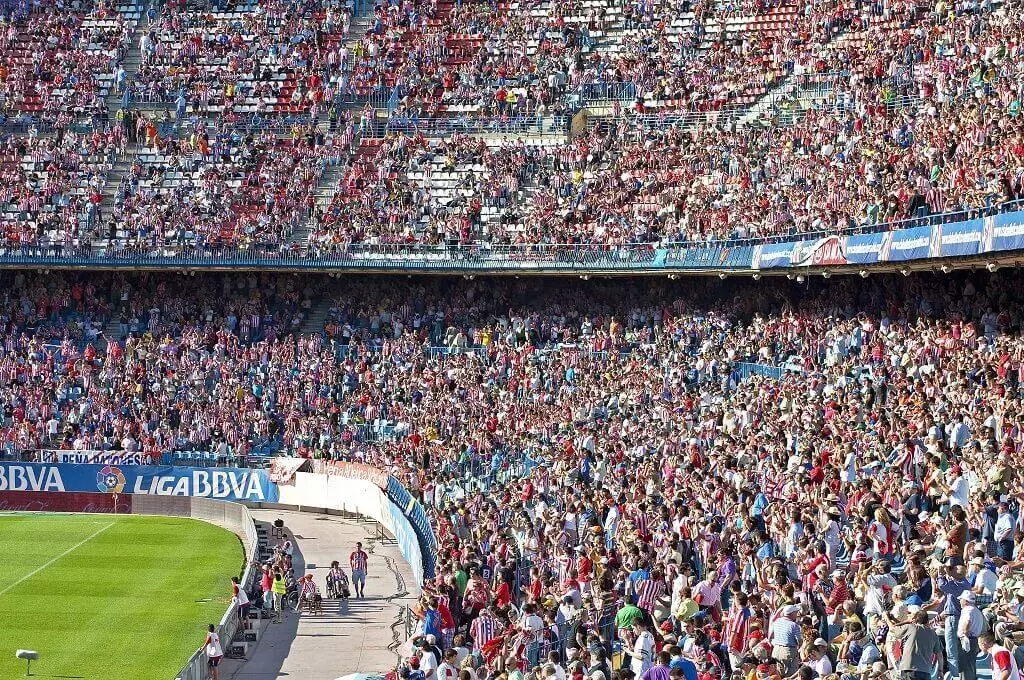
5. Wanda Metropolitano
Wanda Metropolitano is the temple of Atlético fans since 2017. It’s one of the most modern stadiums in Spain and in Europe. It can host 67,000 people and is located in the eastern outskirts of Madrid.
Visiting the Wanda is a must if you take a football trip to Atlético Madrid, but not only in the stands as a fan within the amazing atmosphere, but also a proper tour of the stadium. See the museum with all the past and recent history of the club, take a sneak peek at the dressing rooms, and many more things. For instance, did you know that the Wanda Metropolitano has a flag with the emblem of Atletico de Madrid, and that this flag is the biggest flag in Spain? The stadium is full of curiosities like this one.
